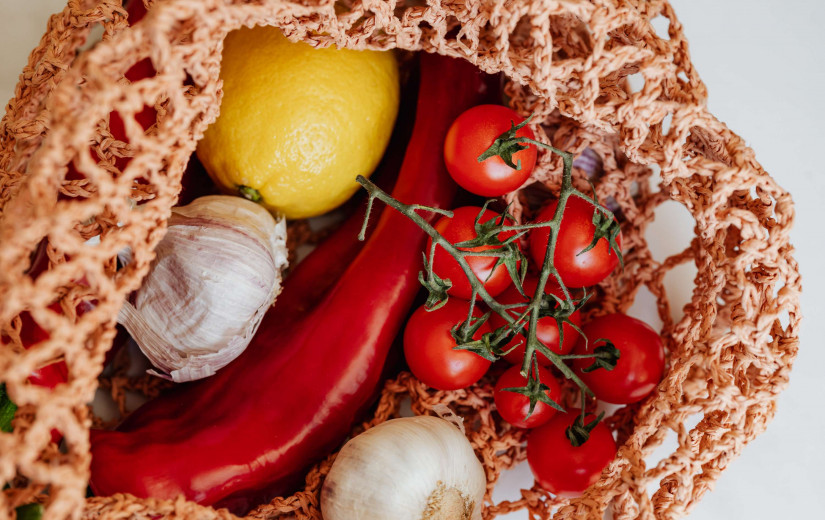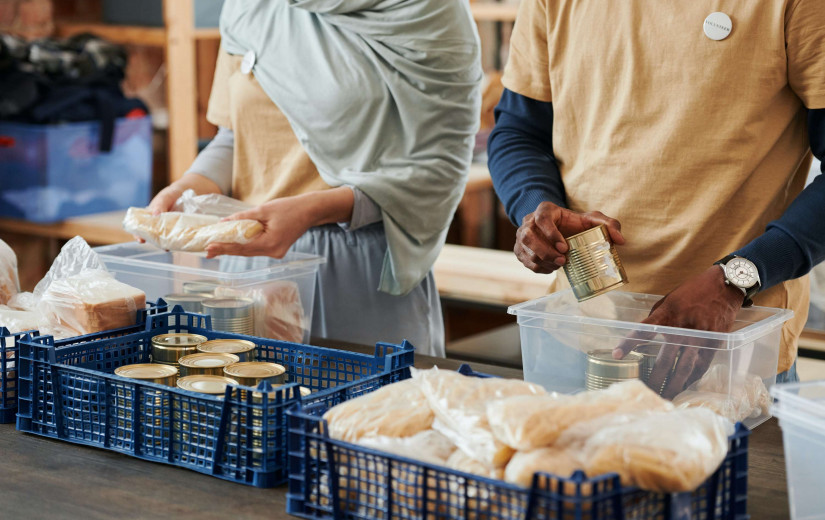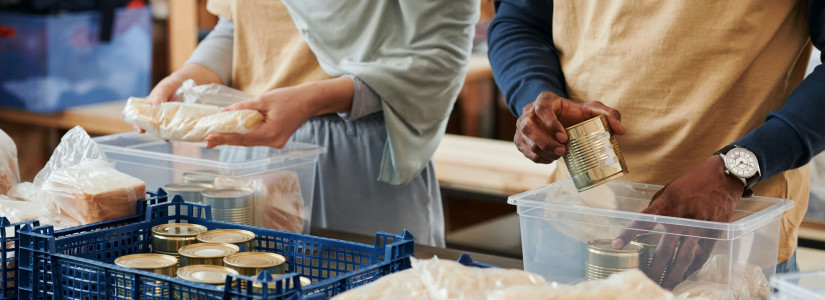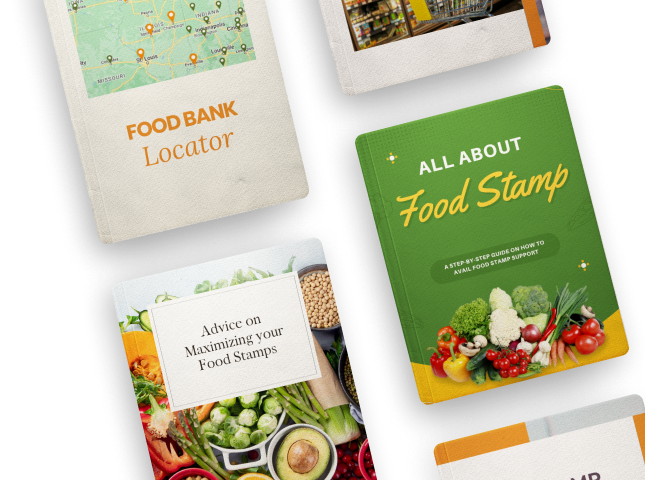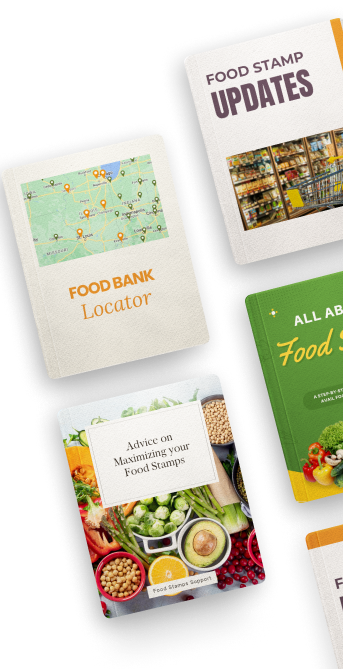How the Commodity Supplemental Food Program (CSFP) Supports Seniors in Need
Attention Seniors: You May Qualify For FREE Food From The CFSP Program
Not every senior can afford groceries, considering approximately 5.2 million seniors face hunger in the United States. This adversely affects their quality of life and health.
Luckily, food assistance programs, such as the Commodity Supplemental Food Program (CSFP), exist to help those in need.
What Is CSFP and How Does It Help?
The Commodity Supplemental Food Program was established to address hunger issues among low-income individuals, at least 60 years of age. It promotes agriculture policies and eliminates hunger using food commodities acquired under government farm support.
The USDA provides food and administrative funds to the participating states and Indian Tribal Organizations to enable the successful operation of CSFP.
Volunteers of the CSFP program deliver monthly nutritional food packages to the elderly. The packages contain items like canned fruits, vegetables, poultry, juice, peanut butter, milk, cereals, canned meat, grains, and dry beans to supplement essential nutrients.
Who Is Eligible for CSFP?
The CSFP helps many elderly people, with around 676,000 people participating in the program every month. This shows the essence of the food program among needy elderly persons in the United States.
Like any other food assistance program, one has to meet requirements to be eligible for CSFP. Some of the main conditions include the following:
- Individuals should be over 60 years of age
- They should be at or below 130% of the federal poverty income guidelines
Individual states offering CSFP might also have additional requirements. For instance, some demand that a participant reside within the service area of the local agency when applying for CSFP. Others need to be at nutritional risk, as determined by a physician or local agency staff.
CSFP is available in all 50 states; feel free to use the USDA contact map to check their availability in your area.
Check eligibility requirements in your state and fulfill them to ensure you succeed in enrollment. Contact your local participating agency for more information and enroll in your Commodity Supplemental Food Program.




